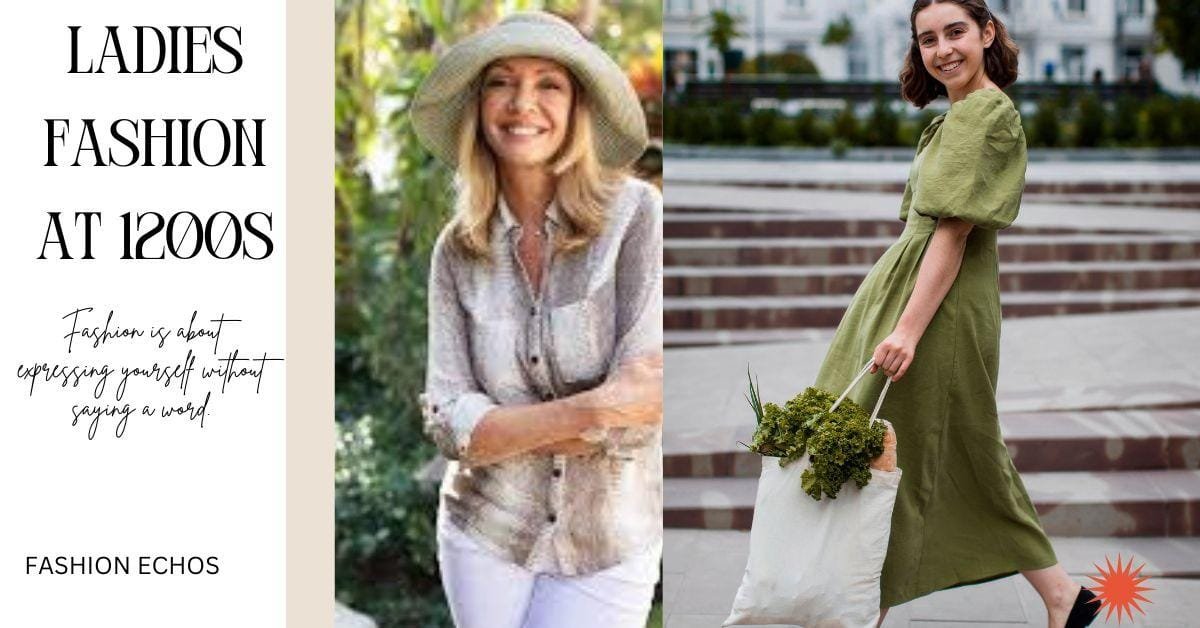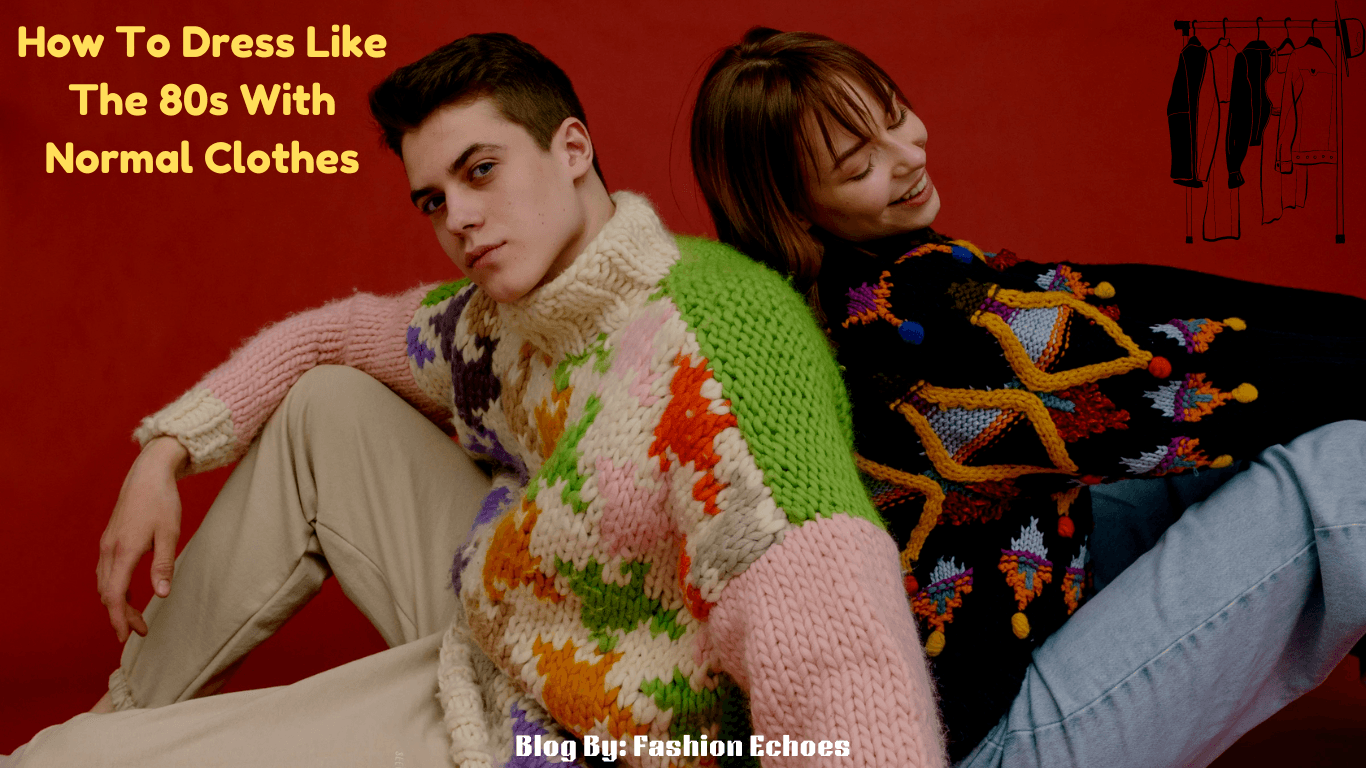1200s fashion was simple in cut and differed only in details from the clothing of the preceding centuries, starting to become tighter and more similar for men and women as the century went on, which would continue in the 13th century. Men wore knee-length tunics for most activities, and men of the upper class wore long tunics, with hose and mantle or cloaks. Women wore long tunics or gowns. A close fit to the body, full skirts, and long flaring sleeves were characteristic of upper-class fashion for both men and women.
Overview:
As in the previous centuries, 1200s fashion two styles of dress existed side by side for men short (knee-length) costume deriving from a melding of the everyday dress of the later Roman Empire and the short tunics worn by the invading barbarians, and a long (ankle-length) costume descended from the clothing of the Roman upper classes and influenced by Byzantine dress.
Fabrics and furs:
Wool remained the primary fabric for clothing of all classes, while linen undergarments, which were more comfortable against the skin and could be washed and then bleached in the sun, were increasingly worn. Silk, although extremely expensive, was gladly available to wealthy people of consequence. Silks from Byzantium were traded in Pavia by way of Venice, and silks from Andalusia reached France via Spain. In the last decade of the previous century, the Norman conquest of Sicily and the First Crusade had opened additional routes for Eastern fabrics and fashion influences into Europe.
Fur was worn as an inside lining for warmth. Vair, the fur of the squirrel, was particularly popular and can be seen in many illuminated manuscript illustrations, where it is shown as a white and blue-grey softly striped or checkered pattern lining the mantles of the wealthy.
The bliaut:
A new French fashion for both men and women was the bliaut or bliaut, a long outer tunic with full skirts from the hip and sleeves that fitted tightly to the elbow and flared into a trumpet shape. Early bliauts were moderately fitted and bloused over the belt at the waist. Later, the bliaut was fitted tightly to the body from shoulder to hip, and the belt, or girdle, was wrapped twice around the waist and knotted in front of the abdomen.
Shirt, braies, and chausses
Underclothes consisted of an inner tunic or shirt with long, tight sleeves, and drawers or braies, usually of linen. Tailored cloth leggings called chausses or hose, made as separate garments for each leg, were often worn with the tunic, and striped hose was popular.
During this period, 1200s fashion, beginning with the middle and upper classes, the hose became longer and more fitting, and they reached above the knees. Previously, they were looser and worn with drawers that ranged from knee to ankle length. The new type of hose was worn with drawers that reached the knees or above, and they were wide enough at the top to allow the drawers to be tucked into them. They were held in place by being attached to the girdle of the drawers.
The better fit and girdle attachment of these new hoses eliminated the need for the leg bands often worn with earlier hoses. In England, however, leg bands continued to be worn by some people, both rich and poor, right up to the reign of Richard. After the 1200s fashion, they were largely abandoned.
Outer tunics and doublets:
Over the undertunic and hose, men wore an outer tunic that reached to the knees or ankles, and that was fastened at the waist with a belt. Fitted bliauts of wool or increasingly, silk, had sleeves that were cut wide at the wrist and gored skirts. Men wore bliauts open to the waist front and back or at the side seams.
Newly 1200s fashionable were short, fitted garments for the upper body, worn under the tunic, the doublet, made of two layers of linen, and an early form of quilted and padded jupe or gipon. The sleeveless surcoat or cyclas was introduced during this period as a protective covering for armor (especially against the sun) during the Crusades. By the next century, it would become widely adopted as a civilian dress.
Rectangular and circular cloaks were worn over the tunic. These are fastened on the right shoulder or at the center front.
Headgear:
Men of the upper classes often went hatless. The chaperon in the form of a hood and attached shoulder-length cape was worn during this period, especially by the rural lower classes, and the fitted linen coif tied under the chin appeared very late in the century. Small round or slightly conical caps with rolled brims were worn, and straw hats were worn for outdoor work in summer.
Chemise and tunic:
Women’s clothing consisted of an undertunic called a chemise, chains, or smock, usually of linen, over which was worn one or more ankle to floor-length tunics also called gowns or kirtles. Working-class women wore their tunics ankle-length and belted at the waist.
Women of the French court wore a loosely fitted tunic called a cotte or the form-fitting bliaut over a full chemise with tight sleeves. The bliaut had a flaring skirt and sleeves tight to the elbow and then widening to the wrist in a trumpet shape. A bliaut apparently cut in one piece from neckline to hem depicted on a column figure of a woman at the Cathedral of St. Maurice at Angers has visible side-lacing and is belted at the natural waistline. A new 1200s fashion, the bliaut gironé, arose in mid-century. This dress is cut in two pieces, a fitted upper portion with a finely pleated skirt attached to a low waistband.
The fitted bliaut was sometimes worn with a long belt or cincture (in French, ceinture) that looped around a slightly raised waist and was knotted over the abdomen. The cincture could have decorative tassels or metal tags at the ends. In England, the fashionable dress was wide at the wrist but without the trumpet-shaped flare from the elbow seen in France.



